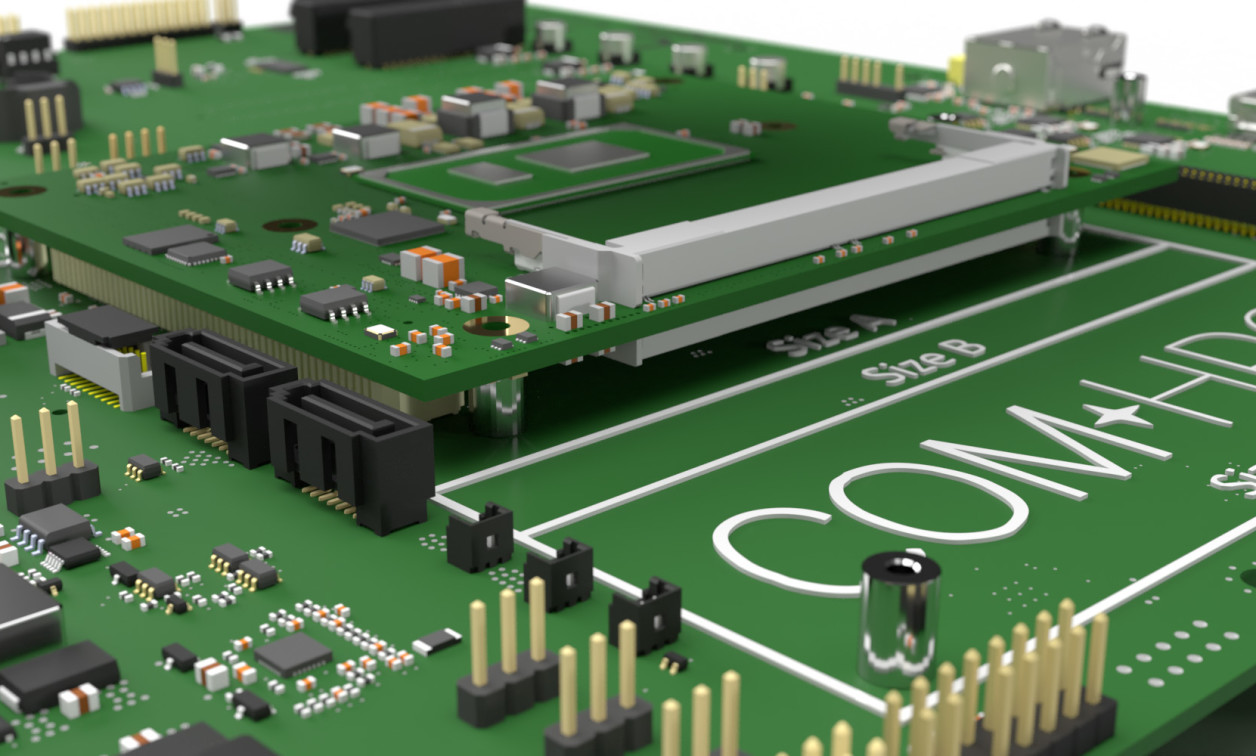It’s Official: COM-HPC is Ratified
March 01, 2021
Blog

You asked for high performance in a small, rugged design. Now you have it.
It generally takes quite a long time to develop a new industry specification and have it wind it’s way through the standardization process. That was the case with COM-HPC, the new embedded module standard that pushes performance to heights that are necessary for applications like AI and Industry 5.0.
Because it often takes a while to get the specification ratified, when it finally does happen, there is little fanfare because there’s not much left to announce. This is particularly true when it’s an open standard. Even though the spec is only voted on by members of the association—PICMG in the case of COM-HPC—there’s not much information that’s not public knowledge. The number of companies that had a hand in the spec development was quite large—26 if you count the various aspects of the spec.
But that should not minimize the excitement around COM-HPC, which some view as a much higher performing version of COM Express. While it won’t replace COM Express, it offers a much higher performance alternative. The standard is now available for public download and distribution from the PICMG website. There’s also a preview document and additional resources about the specification. Note that the base specification will be accompanied later this year by a Platform Management Interface Specification, COM-HPC EEEP, and a Carrier Board Design Guide.
COM-HPC defines five module sizes to deliver Edge server performance for small, potentially rugged applications. In other words, it brings server-level performance to the Edge of the IoT or Industrial IoT. The specification covers two classes of modules. The client module type targets use in high-end embedded products that need one or more displays, a full set of low, medium, and high bandwidth I/O, powerful CPUs, and relatively small size. Typical uses for the client module are in medical equipment, high-end instrumentation, industrial equipment, casino gaming equipment, ruggedized field PCs, transportation applications, and defense systems.
The second class, the server, is aimed at high-end headless (no display) embedded servers that require high-performance CPUs, large memory capacity, and lots of high-bandwidth I/O including multiple 10- or 25-Gbit/s Ethernet, and up to 65 PCIe lanes operating at up to PCIe Gen 5 speeds. Typical uses are in embedded server equipment ruggedized for use in field environments and applications such as autonomous vehicles, cell tower base stations, geophysical field equipment, medical equipment, and defense systems. Both client and server modules have a dedicated platform management interface.





